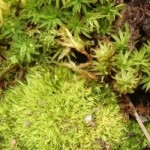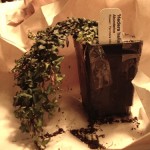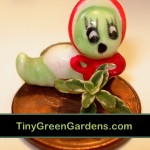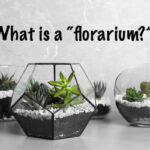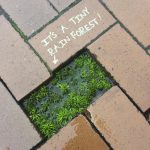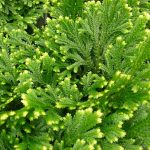What is a Terrarium?
The short answer to the question “What is a terrarium?” is that a terrarium is a fully, or partially, enclosed environment which contains plants and generally requires little watering. The longer answer is, a terrarium is a controlled and managed ecosystem that provides the right amounts of light and moisture for plants and/or animals to thrive.
The Wardian Case
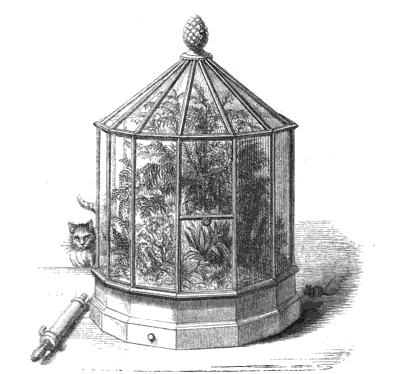 It was through a bit of serendipity that we have the concept of terrariums at all. Answering the question of what is a terrarium has to begin in England almost 200 years ago. A chance observation by Dr. Nathaniel Bagshaw Ward (1791-1868) virtually changed the study of botany and specimen collection. Dr. Ward lived in Wellclose Square in London. The air quality was quite poor and the medical doctor’s fern gardens failed to thrive. Turning his interest from botany to entomology, changed everything.
It was through a bit of serendipity that we have the concept of terrariums at all. Answering the question of what is a terrarium has to begin in England almost 200 years ago. A chance observation by Dr. Nathaniel Bagshaw Ward (1791-1868) virtually changed the study of botany and specimen collection. Dr. Ward lived in Wellclose Square in London. The air quality was quite poor and the medical doctor’s fern gardens failed to thrive. Turning his interest from botany to entomology, changed everything.
In 1829, Dr. Ward had sealed a hawk moth chrysalis in a glass jar. Along with the chrysalis was a bit of leaf mold. While the moth never emerged, something else did – seedlings. A little fern and grasses, neither of which could have survived the coal smoke and sulphuric acid-fumed atmosphere of that part of London. Yet, they lived for 4 years in that glass jar, only dying when the seal on the jar failed.
Dr. Ward noticed that the leaf mold had remained moist. The little ecosystem worked much like the planet Earth does. Water evaporates during the day, condenses and then small droplets of water fall to the ground or form on the leaves of plants. There was rain, dew and frost; just like nature. While it didn’t rain in Dr. Ward’s jar, the water condensed on the sides of the jar at night and the dew-like droplets would provide the moisture the plant life required to thrive.
Dr. Ward asked a glazier to make him a glass case where he could open a door to have access to the plants. It worked and now botanists were able to transport even the most exotic of plants across the oceans in “Wardian Cases.”
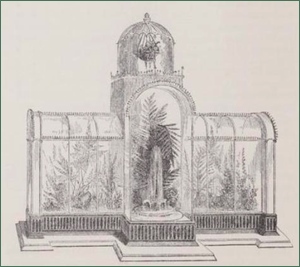 But, one must remember this was the time of Queen Victoria. It was a time when England was leading the way in scientific explorations. Transportation between continents still required 6 months or even several years. But, many amateur botanists and zoologists traveled the world like we might go to the beach for the weekend.
But, one must remember this was the time of Queen Victoria. It was a time when England was leading the way in scientific explorations. Transportation between continents still required 6 months or even several years. But, many amateur botanists and zoologists traveled the world like we might go to the beach for the weekend.
The well-to-do would often have elaborate Wardian Cases in their drawing rooms and parlors. As you can see, they often rivaled the beautiful greenhouses at Kew Gardens. They collected ferns to the point of it being labeled a craze – Pteridomania or fern fever. They collected orchids much the same way. Sadly, many native ferns on the British Isles are still only recovering from over-zealous collecting during the mid-to-late 1800s.
Wardian Cases for Terrariums
You can own your own Wardian Case. When I first wrote this post, there were only a few options for glass terrariums that looked like Wardian cases. Now there’s hundreds. These are some of my favorites in a variety of sizes and prices.
How cool would it be to build your terrarium in something that looks this wonderfully vintage?
Just A Suggestion…
A common complaint among those who have purchased more modern adaptations of Wardian cases is that they don’t hold water. This is a bit of you get what you pay for. The more expensive pieces are true terrariums and often made by hand. The less expensive ones have areas where the welds may not be 100% watertight. That said, the fix is both economical and quick – silicone sealant or even a bead of hot glue.
